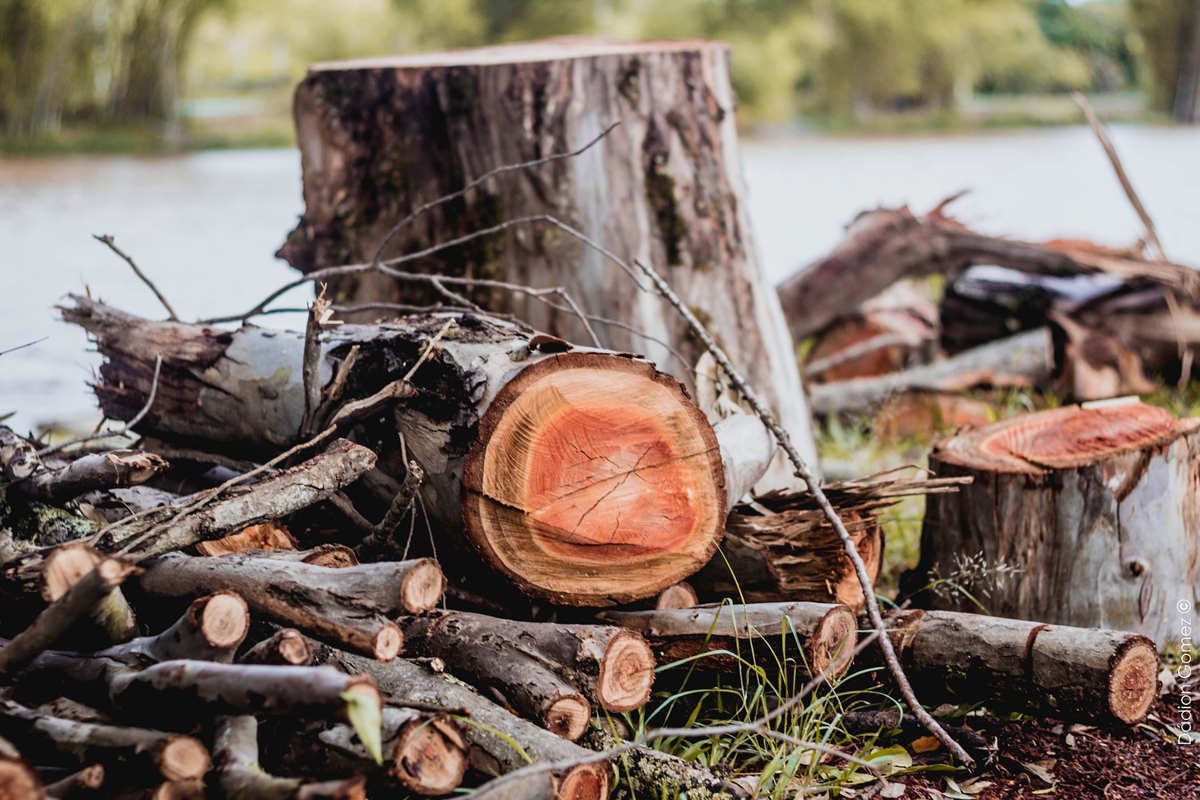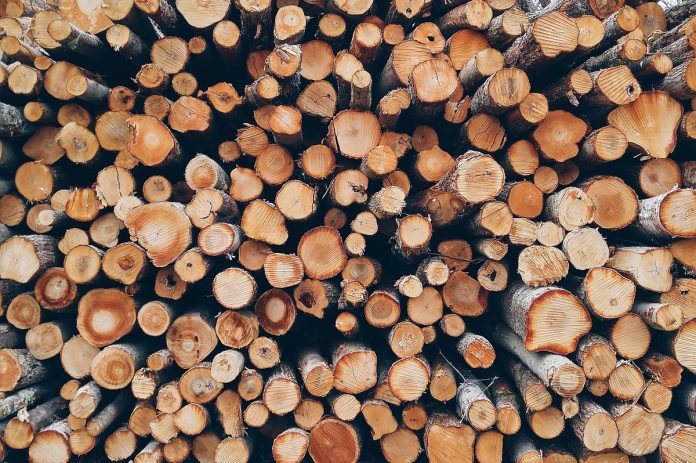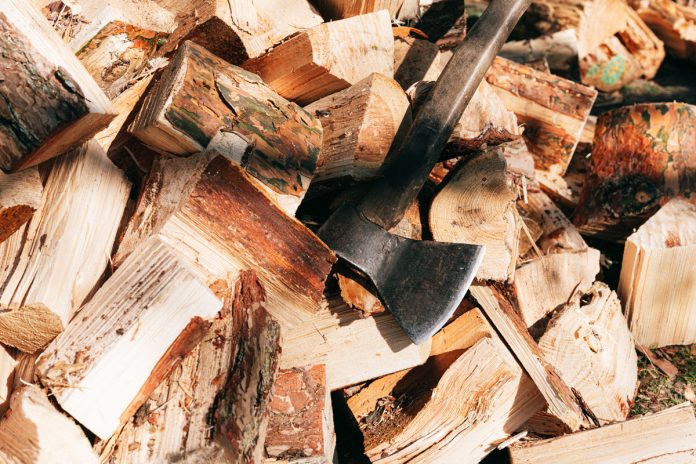Tree Cutting Techniques

Cutting down a tree isn’t as simple as just whacking away at it with an ax. There are specific techniques that need to be followed in order to preserve the wood and ensure the safety of the people cutting down the tree. In order to predict how a tree will fall, the cutter will need to determine the right type of cut to use. There are three main notch types that individuals can use during tree cutting. They are the open-faced notch, the conventional notch and the Humboldt notch.
The Open-Faced Notch
The open-faced notch is ideal for trees that require a high level of accuracy. If the individual is cutting in a tight spot, where accuracy is extremely important, the open-faced notch is the safest notch to use. In this notch, a large, sideways V is cut into the side of the tree. It is a heavily angled notch. The first cut goes in a downwards motion of at least 70 degrees. The bottom cut goes in at a 20 degree upward angle. Then, a small horizontal cut will be made on the back of the tree, meeting the point in the V. The only downside to this notch, other than the additional time required, is the cutter will need to remove the hinge, so there will be a small amount of wood lost.
The Conventional Notch
The conventional notch is named that way because it is the most common type of notch used. It is the preferred method among loggers and tree removal specialists because it is fast and safe at the same time. It still allows a certain amount of accuracy, though not as much as the open-faced notch. In this notch, the top cut goes in at an angle, while the bottom cut is horizontal.
The Humboldt Notch
The Humboldt notch is another common notch when cutting trees. In this notch, the top cut is made horizontal, while the bottom goes in at an upward angle. In this notch, the kickback over the stump might be larger, so it is not ideal for leaning trees. However, this notch does save a lot of wood, so when the tree is being cut for the purpose of using the wood, then the Humboldt notch is a good choice to make.
In tree cutting, it is important to fully evaluate the type of cut prior to getting started. In all cases, the safest possible cut should be used for the purpose of getting the tree down safely and accurately. For most individuals, this will mean using the open-faced cut in order to get the tree down. However, the individual will need to consider the way the tree is leaning, the health of the overall tree, the obstacles in the tree’s way and the size of the tree. In most cases, it is best to cut the tree in a way that goes along with the natural way the tree leans. This isn’t always possible. In cases, where the tree is leaning in a way that it can’t be allowed to fall, non professionals should consult with a tree removal service in order to make sure the tree cutting is carried out as safely as possible.
The Author:
If you are based in Las Vegas, you may visit the following website: Tree Cutting Las Vegas
Photo. Pixabay









I was thinking of cutting down a tree on my property myself, so this really helps. I’ve been doing some research and I’m happy to have found this.
I’m glad you found the article helpful! It’s always important to do proper research and preparation before attempting tree cutting on your own property. Safety should be a top priority, so make sure to follow the techniques and guidelines mentioned in the article to avoid any accidents or damage. If you have any specific questions or concerns, feel free to ask. Good luck with your tree cutting endeavor!